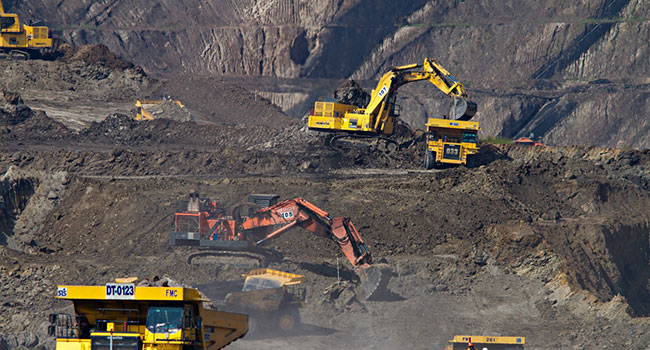 A World Heritage Site designation continues to prevent development of one of the largest cobalt and copper deposits in North America.
A World Heritage Site designation continues to prevent development of one of the largest cobalt and copper deposits in North America.
That lack of development is denying opportunities for Indigenous and non-Indigenous communities.
And it serves as an example of how environmental activism is fuelling northern alienation.
Windy Craggy is in northwestern British Columbia, about an hour west of Whitehorse, Yukon, by helicopter. The area has no permanent residents or road access.
Mining sources have long maintained that deposits in the region would yield tremendous economic benefits for Indigenous and non-Indigenous communities in the region. B.C.’s Ministry of Energy, Mines and Petroleum Resources almost a decade ago placed a value of $15 billion on metal contained in the Windy Craggy deposit.
Direct taxes to federal and provincial governments as a result of development could reach almost $1.3 billion. So the deposit would have been good for the region, the province and the nation.
Geologists estimate the mine could have a minimum life of 50 years.
So what happened?
In the early 1990s, the B.C. government introduced project review legislation that led to uncertainty amongst mining investors, including a major developer involved in the Windy Craggy project.
Eventually, it became known that the area was being considered for a UNESCO World Heritage Site designation. So without much parliamentary debate and only some last-minute talks with local Indigenous communities, the Tatshenshini-Alsek World Heritage Site was created. The site also includes portions of Alaska.
Windy Craggy was well on its way to becoming a massive copper mine when the B.C. government encircled it with Tatshenshini-Alsek Park in 1993. Geddes Resources, the mining company developing the site before the designation, received a $29-million payout and the province spent almost $150 million to build a mine elsewhere.
A similar incident in a northern region occurred in 2017, when the federal government proposed to create a national park including lands containing lucrative nickel ore deposits in northern Manitoba. The deposit is located in the Manitoba Lowlands near Grand Rapids, between Lake Winnipeg and Lake Winnipegosis. The area includes important wetlands and wildlife that need preserving, but the park doesn’t need to be so extensive to achieve these objectives.
Mining industry representatives said the park included feeder ore deposits that could keep mining going in the Thompson, Man., region for years. But not long ago, the viability of existing mines was called into question, leaving the economic future of the region in doubt.
In both the B.C. and Manitoba instances, executives working with policy-makers could have found ways to accommodate multiple users. Mining activity can co-exist with natural heritage areas and those off limits to development.
For such northern regions, this sort of activity amounts to the only economic development they can manage. However, remote regions far from the seats of power are often neglected and marginalized in the policy process.
Non-Indigenous resource communities in northern B.C. can take another look at the Windy Craggy deposit and its potential. There’s the potential for many spinoff ventures to service the mine.
The Indigenous community in the Windy Craggy area is also doubly marginalized by its access to viable economic development opportunities. The local Champagne and Aishihik First Nations should take a leading role in engaging with resource partners in developing and managing the deposits. The community knows the region intimately and can be effective environmental stewards.
The decision to create a World Heritage Site over the Windy Craggy region has ironic environmental consequences.
Cobalt is a critical component in the lithium-ion batteries in electric cars.
Most of the world’s cobalt comes from the Democratic Republic of the Congo, which has a horrid record on human rights, labour standards, and environmental stewardship.
Windy Craggy, by comparison, offers significant reserves of ethically-sourced cobalt. And mining it would advance northern communities in Canada.
If governments are serious about addressing northern alienation and Indigenous economic reconciliation, they need to re-evaluate the Windy Craggy project immediately.
Joseph Quesnel is a research associate with the Frontier Centre for Public Policy.
Joseph is a Troy Media Thought Leader. Why aren’t you?
For interview requests, click here. You must be a Troy Media Marketplace media subscriber to access our Sourcebook.
The views, opinions and positions expressed by columnists and contributors are the author’s alone. They do not inherently or expressly reflect the views, opinions and/or positions of our publication.

